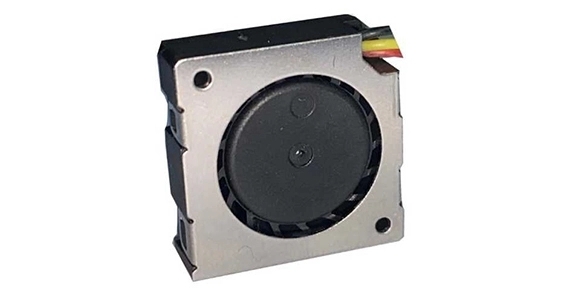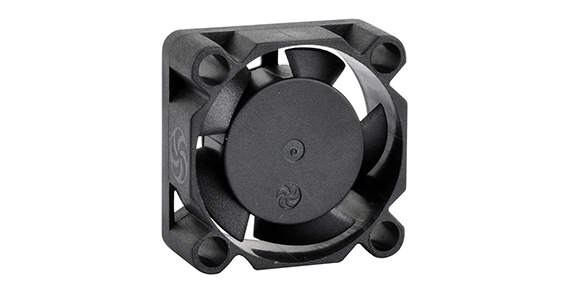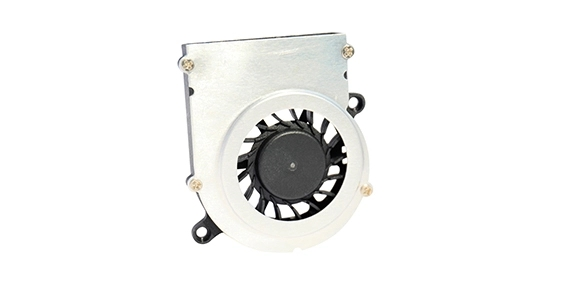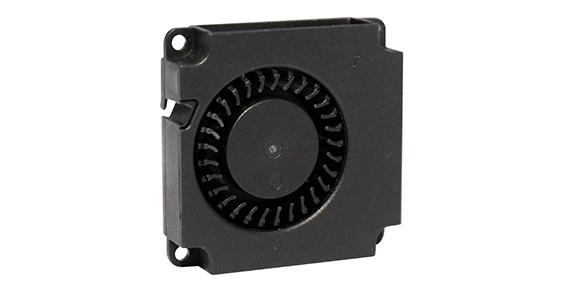Air Blower Fan: Revolutionizing Acoustics
When it comes to creating comfortable and peaceful indoor environments, noise pollution from traditional fans has always been a major concern. However, with the advancements in quiet blower fan technology, this problem is swiftly being tackled. The future of air blower fan technology is all about revolutionizing acoustics and creating a serene atmosphere.
Traditional fans tend to generate a significant amount of noise due to their spinning blades. This can be a major annoyance, especially in spaces where peace and quiet are essential, such as bedrooms, libraries, or offices. Air blower fans, on the other hand, operate using a different mechanism that significantly reduces noise pollution.
By utilizing innovative blower technology, air blower fans are able to create a powerful airflow without the need for spinning blades. This not only eliminates the source of noise but also ensures a quieter and more serene environment. With these advancements, air blower fans are becoming the go-to choice for those seeking a peaceful indoor atmosphere.
Air Blower Fan: The Marriage of Intelligence and Serenity
With the rise of smart home technology, the integration of intelligence into blower fan technology is a natural progression. The future of air blower fans lies in the marriage of intelligence and serenity, bringing forth a new era of personalized comfort and convenience.
Intelligent air blower fans are equipped with sensors that can detect the ambient temperature and humidity level of a room. This allows the fan to automatically adjust its speed and airflow to create the ideal environment for each user. By analyzing the data gathered from the sensors, these fans can also learn the preferences of the users and adapt accordingly.
Furthermore, intelligent air blower fans can be connected to smart home systems, allowing users to control them remotely through mobile applications or voice commands. This level of convenience ensures that users can enjoy a tranquil atmosphere without any hassle. The marriage of intelligence and serenity in air blower fan technology is set to revolutionize the way we experience comfort in our homes and workplaces.

Energy Efficiency Redefined of Air Blower Fan
In addition to revolutionizing acoustics and incorporating intelligence, the future of axial air fan technology is also centered around redefining energy efficiency. Traditional fans tend to consume a significant amount of electricity, making them a burden on both the environment and our wallets. Air blower fans, however, are changing the game.
By utilizing advanced motor technology, air blower fans are able to generate a powerful airflow while consuming minimal energy. This not only reduces electricity consumption but also lowers utility bills. Additionally, innovative designs, such as bladeless air blower fans, further optimize energy efficiency by eliminating any friction or drag caused by rotating blades.
Moreover, with the advancements in renewable energy sources, such as solar power, air blower fan technology will continue to embrace sustainability. This will allow users to enjoy the benefits of air circulation while minimizing their carbon footprint.

Innovative Air Blower Fan's Designs for Modern Spaces
Blower fan technology is not only about functionality but also about aesthetics. The future of air blower fans lies in innovative designs that seamlessly blend with modern spaces. Brands like Xie Heng Da are at the forefront of this evolution, offering sleek and stylish air blower fans that enhance the visual appeal of any room.
From minimalistic designs to futuristic shapes, air blower fans are becoming a statement piece in interior design. With their elegant forms and vibrant colors, these fans can effortlessly complement any contemporary décor. The incorporation of innovative materials and finishes further adds to their appeal.
In conclusion, the future of blower fan technology is all about revolutionizing acoustics, the marriage of intelligence and serenity, redefining energy efficiency, and innovative designs for modern spaces. With advancements in these areas, air blower fans are set to provide a serene and comfortable environment while minimizing noise pollution, maximizing energy efficiency, and complementing the aesthetics of modern spaces.

 EN
EN 

 +
+
 +
+
 +
+



